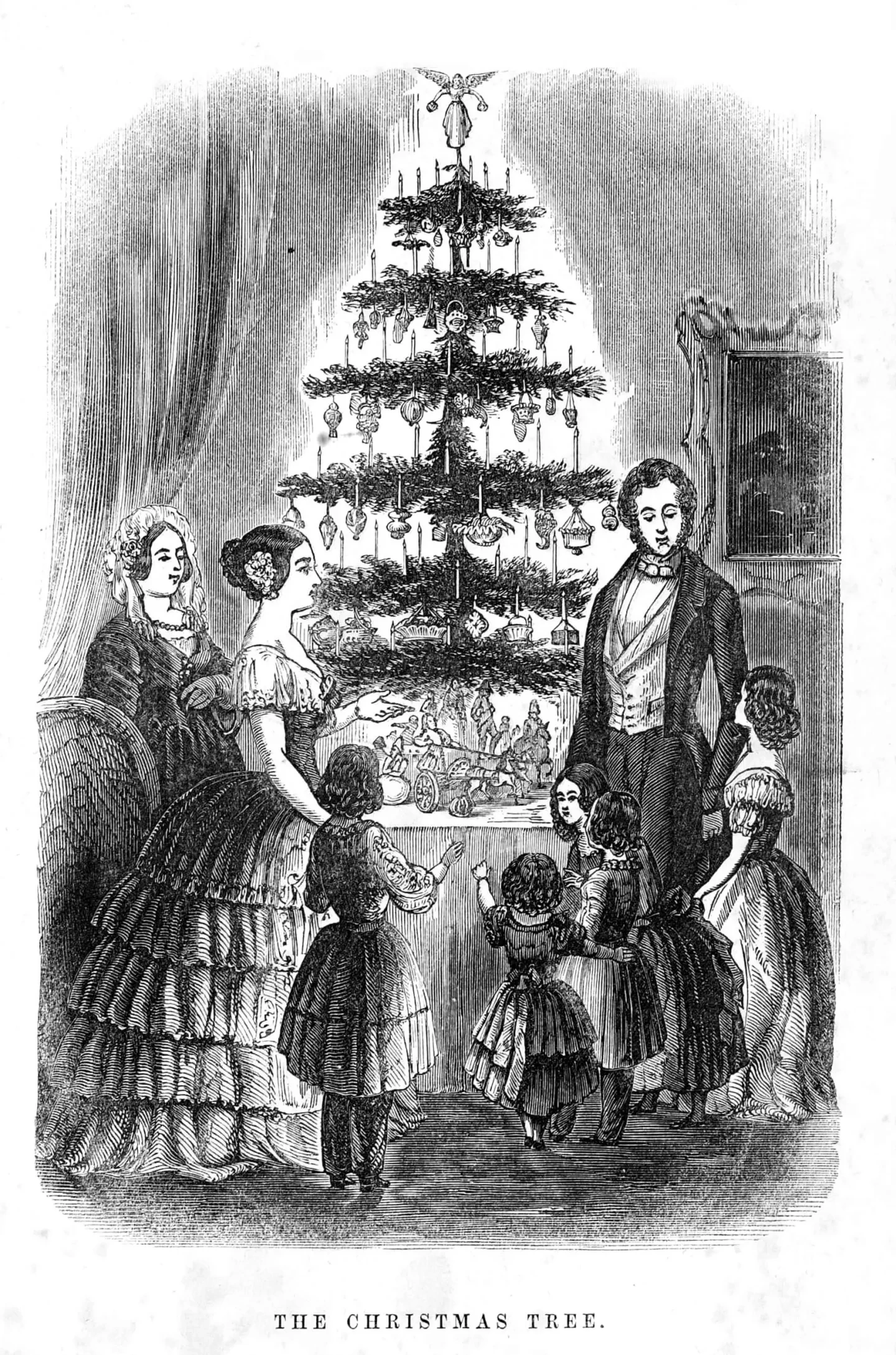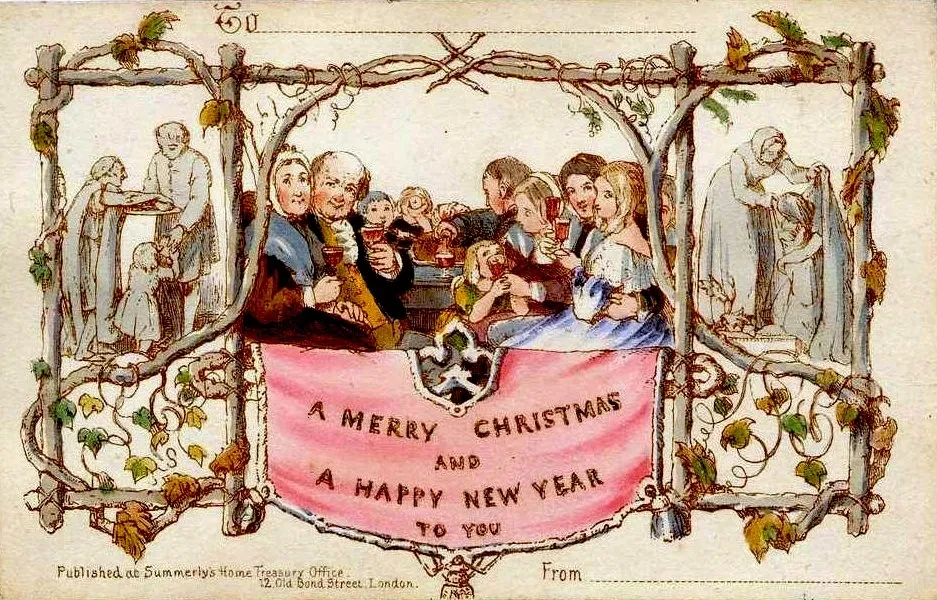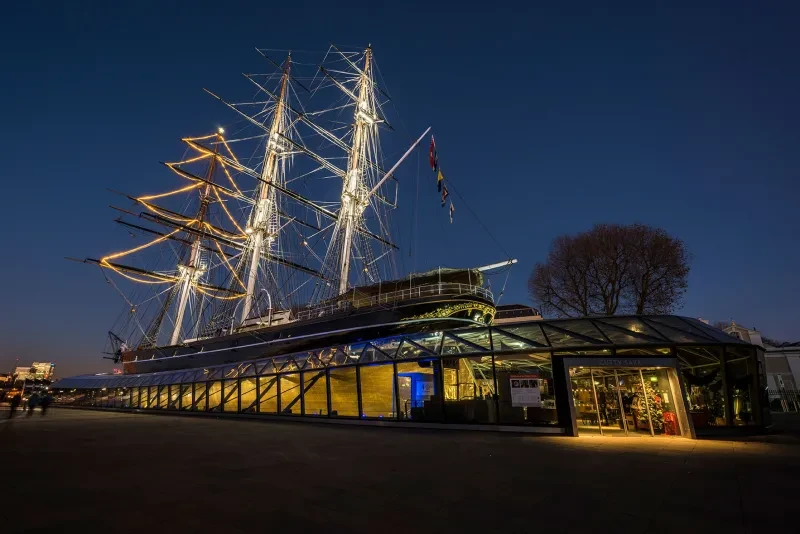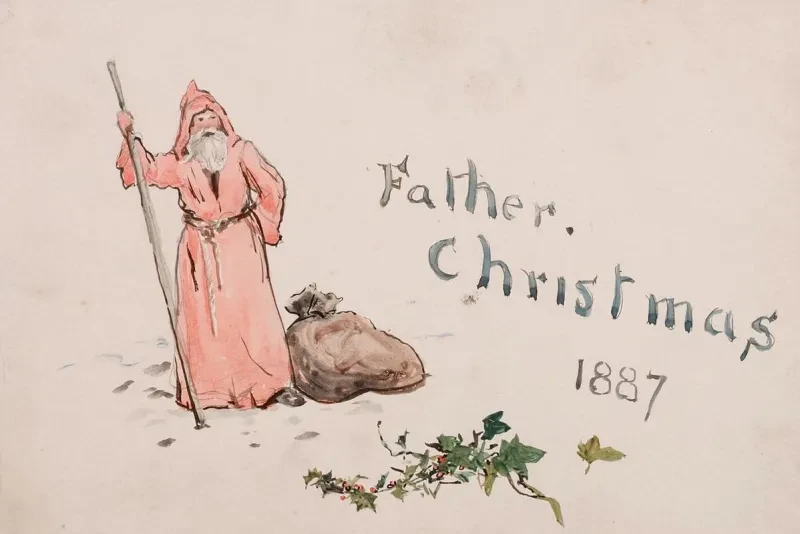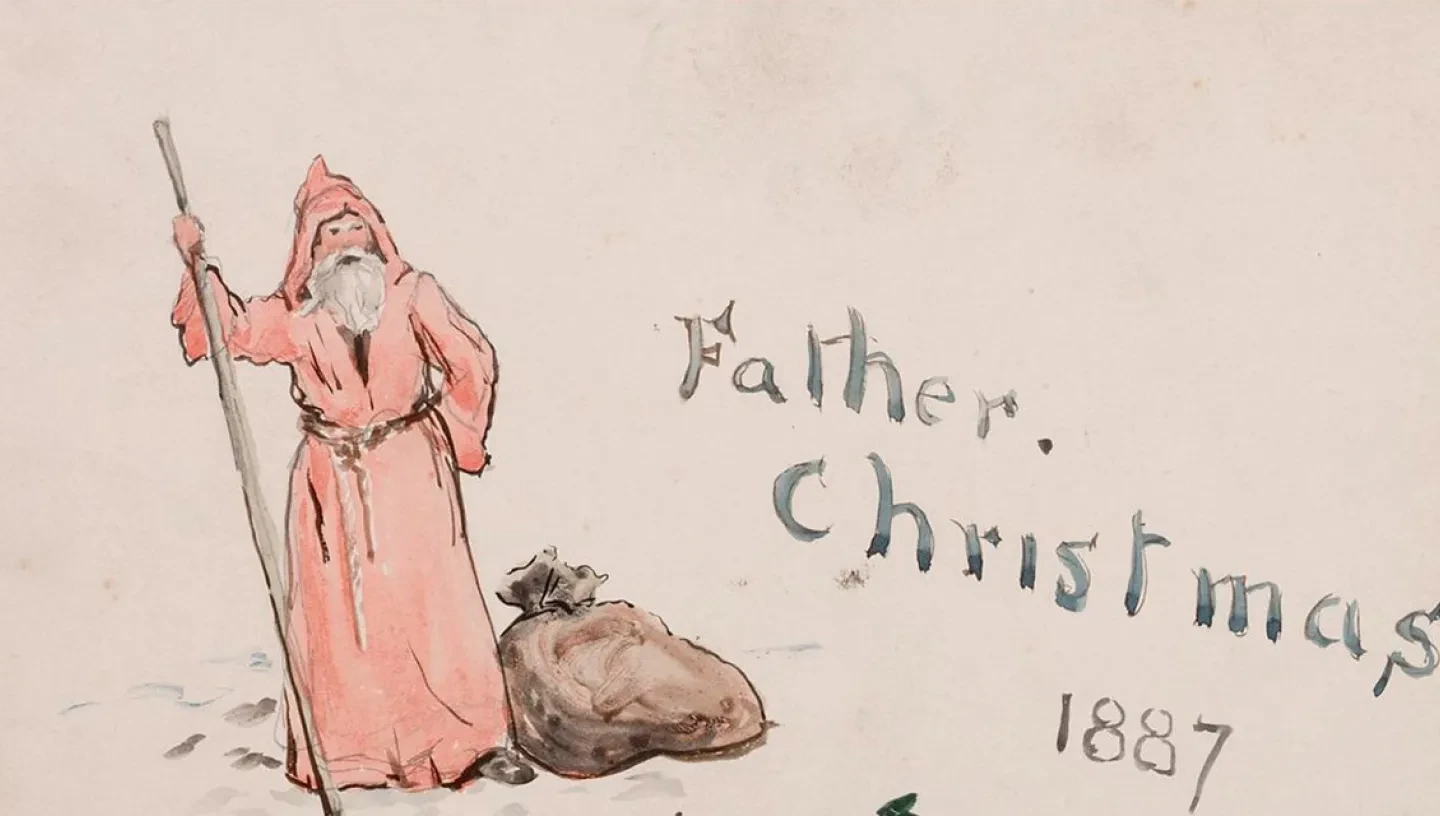
Victorian Christmas
Christmas as we know it today is largely down to the Victorians and their love of the festive season.
The 1840s was a key decade in creating and cementing a lot of the Christmas traditions that we continue to this day.
Why do we have Christmas trees?
Queen Victoria’s husband, Prince Albert, is credited with popularising Christmas trees in Britain.
While the English aristocracy had been aware of the German tradition since the early 1800s, it was Prince Albert - originally from Germany - who helped to make Christmas trees in Britain fashionable.
An illustrated image of the royal family standing in front of their Christmas tree in the Illustrated London News proved highly influential, inspiring middle-class British families to copy the festive family scene. The Christmas tree became a key part of the image of the ideal Victorian Christmas.
As well as trees, the Victorians decorated their homes with things such as holly and ivy. This could be seen as an attempt to bring the natural world into their homes in the wake of the Industrial Revolution.
Putting a star or angel on top of the Christmas tree is also a tradition that began in Victorian times.
History of Christmas cards
When postal service reformer Henry Cole created his own Christmas card in 1843 to send to friends and family, he also put them on sale to the general public for a shilling. At the time, this was expensive, and the venture initially failed to take off.
However, Cole's 'first Christmas card' would, along with Prince Albert's palace Christmas tree, set an example that would later become a key part of the Victorian Christmas.
Advances in printing processes and colour techniques meant that by the 1860s, complex designs could be produced on a large scale.
The introduction of the halfpenny postage rate in 1870 also contributed to the growing success of Christmas cards. The ability for anyone to pay half a penny to post cards across the country made sending Christmas cards a popular and affordable tradition.
Early Victorian Christmas cards often depicted celebration and merriment, as well as acts of charity and helping the less fortunate.
History of Christmas crackers
Confectioner Tom Smith is widely credited as inventing the Christmas cracker, supposedly after seeing bonbons wrapped in twisted paper in Paris.
However, the first person to sell crackers may actually have been Italian confectioner Sparagnapane, whose company described itself as 'the oldest makers of Christmas crackers in the United Kingdom.'
Originally, the cracker just contained a sweet and a small motto. The ‘bang’ was added later after Smith was reportedly inspired by the sound of a log crackling on a fire.
However, it is also true that silver fulminate ‘snaps’ had been in existence for a while, so it may well be that Smith simply wanted to use these to his advantage. Tom Smith's brother, H.G. Smith, worked in music hall and so would have been well versed in these silver fulminates.
Tom Smith crackers are still made, and are the official cracker supplier for the royal family.
Originally, Christmas crackers were called ‘cosaques’, as the noise they made was supposedly reminiscent of Russian Cossack horsemen cracking their whips. They were also sold under the name 'Bangs of expectation.'
By the 1870s, they had the jokes and hats in them that we associate with crackers today.
Why do we give gifts at Christmas?
Originally, seasonal gift giving was reserved for the New Year’s celebrations. With the increasing popularity of Christmas as a time for family and charity, however, giving gifts gradually became a Christmas tradition.
Mass production as a result of the Industrial Revolution meant that items such as children's toys became more affordable for the middle class. Increased wealth generated by Victorian industry meanwhile also meant that the middle classes could take days off work for Christmas and New Year.
Traditional gifts for children included skipping ropes, toy soldiers and beer, whilst adults would exchange fruit and books.
Before the 1870s, gifts were not wrapped in paper - they were simply placed under the tree, and everyone could see what they would be getting.
Victorian Christmas
Christmas drastically changed during the Victorian period. As well as the traditions, it also became a holiday about spending time with family and loved ones.
As we have seen, this was partly due to the influence of Queen Victoria and Albert, perceived as icons of wholesome family life. However, another reason that families celebrating together became so integral to Christmas was the advancement of the railway.
The railway made it easier for people who had moved to the cities away from their families for better work to return for Christmas.
A Christmas Carol by Charles Dickens, published in 1843, was wildly popular and encapsulated the idea that charitable giving and spending time with family were at the heart of Christmas. It also featured Scrooge sending Bob Cratchitt a large turkey for Christmas - in fact, goose was the more common choice for families at the time.
Many Victorians felt that everyone was entitled to enjoy themselves at Christmas. In 1851, a marquee was set up in Leicester Square in London to feed people who were homeless or struggling.
22,000 people were fed roast beef pie, porter, plum pudding, tea, coffee and more, surrounded by festive lights and flowers. Similar events took place in cities all across the country.
